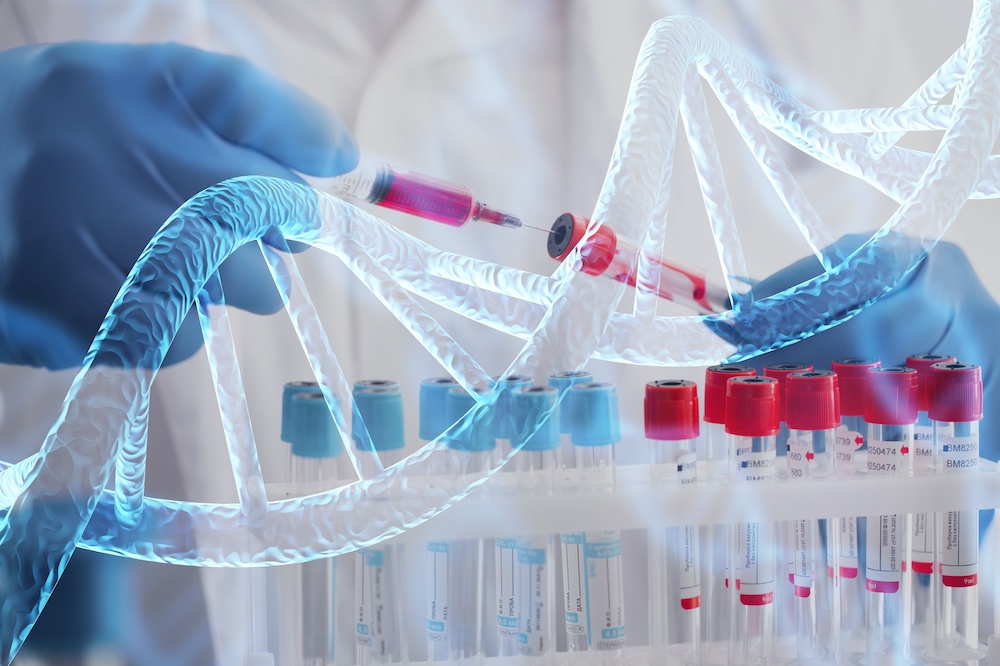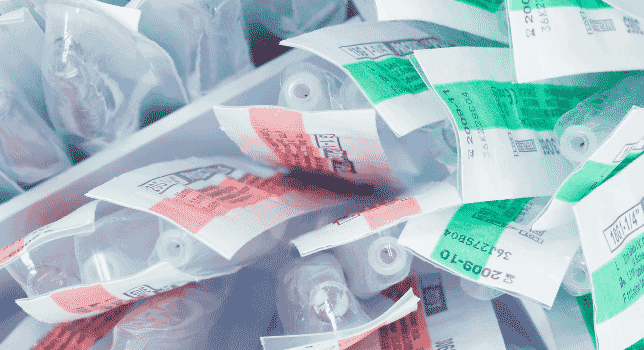Pharmaceutical product development involves many risks during transport from manufacturing to patients. Delivery devices, like prefilled syringes and autoinjectors, must stay effective despite challenges such as bumps, temperature changes, and pressure variations. Evaluating transit reliability is essential for product development, regulatory compliance, and patient safety.
We talked to Tim Rice, the Commercial Operations Manager at Smithers, about the significance of transit testing for pharmaceutical delivery devices, how it's done, and how collaborations can fast-track market readiness.
________________________________________
How can inadequate transit testing impact the efficacy and safety of a pharmaceutical device once it reaches the end-user?
Insufficient transit testing can have severe repercussions for both the device and ultimately the patient. Improper evaluation of devices can result in hidden damage, causing mechanical failures, broken sterile barriers, or inaccurate dosing for patients. Such issues directly undermine the device's efficacy, potentially rendering life-saving medication ineffective. From a safety perspective, a damaged device could cause injury during administration or deliver a contaminated product. Manufacturers face high costs from returns, legal issues, and/or reputation damage, making it essential to simulate transit stresses.
What are the implications of the new Medical Device Regulations (MDR) or other relevant standards (e.g., ISTA, ASTM, USP) on pharmaceutical delivery device transit testing requirements?
The changing EU
Medical Device Regulation (MDR 2017/745), and established standards from
ISTA,
ASTM (like
ASTM D4169), and
USP are enhancing testing protocols for pharmaceutical delivery devices during transit. MDR mandates comprehensive performance and safety validation across the entire product lifecycle, explicitly including distribution and storage. This means manufacturers must provide robust, evidence-based data demonstrating device integrity post-transit as part of their technical documentation. Manufacturers are required to show how test standards apply to their unique devices and packaging. Transit testing is now part of core regulatory expectations – especially for combination products.
We’ve discussed both field testing and laboratory transit testing in a previous article. What are the key advantages and disadvantages of each method for pharmaceutical device manufacturers?
Both field testing and laboratory testing offer unique perspectives for evaluating pharmaceutical device transit, though with distinct trade-offs.
- Field testing, despite reflecting actual distribution scenarios, is inherently uncontrolled, making it challenging to identify the sources of any observed damage or lack of performance. It can be a lengthy and costly process, with the inherent risk of product loss, placing the complete burden of maintaining product integrity on the manufacturer during unregulated transportation.
- Laboratory transit testing offers highly controlled, repeatable conditions, allowing for precise simulation of specific stresses like vibration, shock, or compression. This controlled environment enables systematic problem identification, accelerated testing timelines, and provides robust, quantifiable data. Although laboratory tests can't capture all real-world differences, they are a vital tool for validation because of their repeatability, efficiency, and ability for root cause analysis.
What are some common pitfalls or mistakes that pharmaceutical device companies should avoid when planning and executing transit testing programs?
Pharmaceutical device companies often encounter several common pitfalls when planning and executing transit testing programs. Failing to accurately account for actual supply chain hazards can lead to unrealistic test results. Ignoring key environmental factors, such as temperature and humidity, may cause unnoticed material degradation. Failing to treat transit testing as an ongoing process that adapts to supply chain changes is a major oversight. Poor documentation of testing protocols and data can weaken the whole program and create regulatory issues. Conducting complex transit testing without experienced professionals can lead to inefficiencies, inaccurate data, and potential delays.
That’s a nice segway into our last question - how can collaboration with experienced testing partners like Smithers streamline the transit testing process and ensure robust data for regulatory submissions?
Partnering with experts like Smithers can make transit testing easier and yield strong, defensible data for regulators. We provide specialized equipment and understand the multiple testing standards (
MDR,
FDA,
ISO,
ISTA,
USP). Smithers helps create testing plans, identify risks for your device and supply chain, and ultimately provide detailed reports. This partnership minimizes the risk of re-testing, reduces time to market, and instills confidence in your product's performance and compliance.
________________________________________
Ready to Ensure Your Pharmaceutical Delivery Devices Arrive intact and fit for purpose?
Don't leave the integrity of your pharmaceutical delivery devices to chance. Partner with Smithers to develop a robust transit testing program that safeguards your product, ensures regulatory compliance, and protects patient safety. Contact
Tim Rice to discuss how our experts can help you navigate the complexities of your supply chain.



